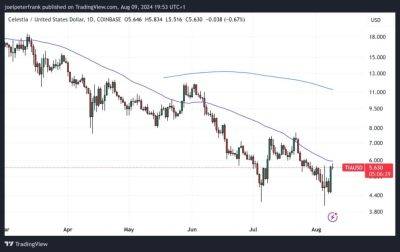Bitcoin Price Prediction: How Will the DAME Tax Impact BTC as Mining Costs Rise?
The Biden administration’s recent proposal to introduce a 30% tax on the electricity consumed by Bitcoin miners, dubbed the Digital Asset Mining Energy (DAME) tax, has ignited considerable debate within the cryptocurrency sector.
This policy is aimed at mitigating the environmental and economic effects of cryptocurrency mining by taxing its substantial electricity use.
Experts in the field, however, caution that the DAME tax could trigger several unintended consequences, potentially stifling the development of sustainable energy solutions and creating imbalances in market dynamics.
These potential repercussions are critical to understand for making informed Bitcoin price prediction, as they could significantly affect mining costs and, by extension, the cryptocurrency’s market price.
Harry Sudock, Chief Strategy Officer at GRIID, has voiced strong criticism of the DAME tax, highlighting its failure to address the complexities of energy usage effectively.
Sudock argues, “The policy’s blanket approach could deter rational energy usage and the necessary investments in new power generation facilities.”
He points out that the tax does not account for the variations between peak and average electricity demands, which could discourage optimized energy consumption and investment in new energy technologies, potentially leading to market imbalances that affect both the cryptocurrency and energy sectors.
Texas exemplifies a successful integration of Bitcoin mining into an energy market. The state promotes the construction of mining operations with competitive pricing in a unique power market where prices can vary throughout the day.
This flexibility, coupled with incentives for companies that adjust their power consumption, has made Texas
Read more on cryptonews.com




















